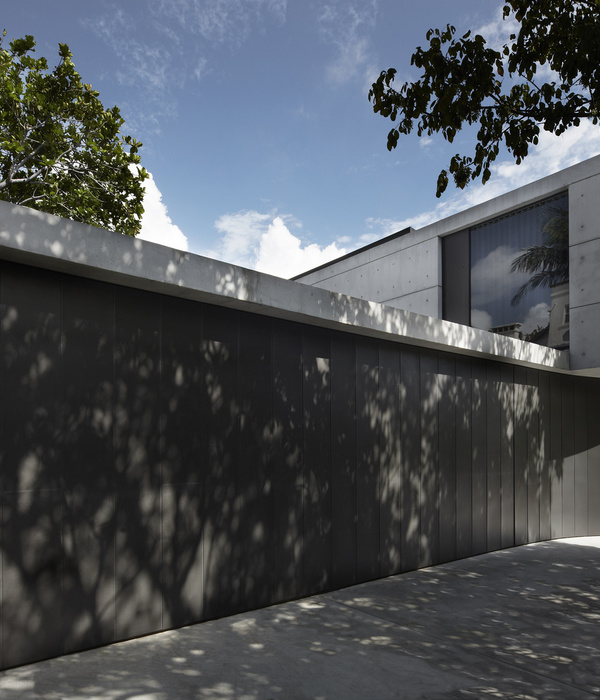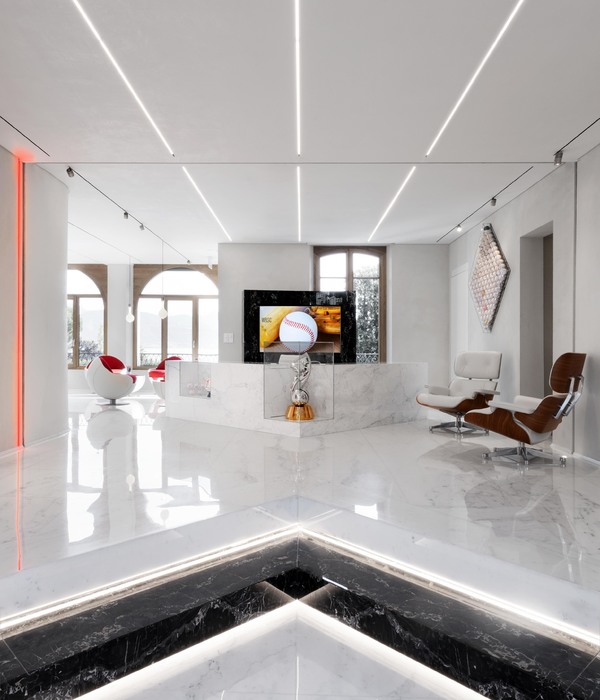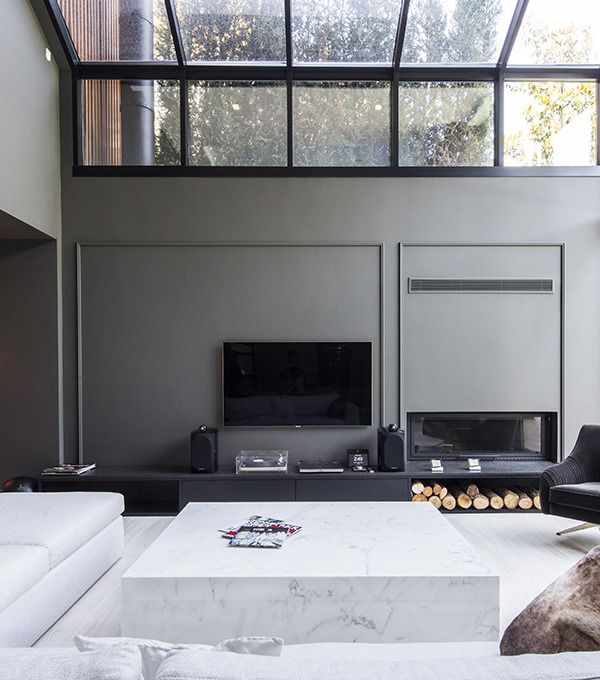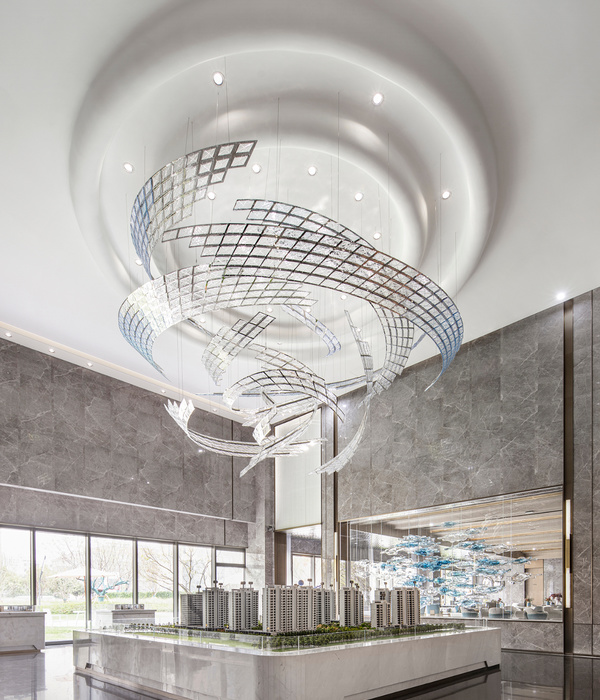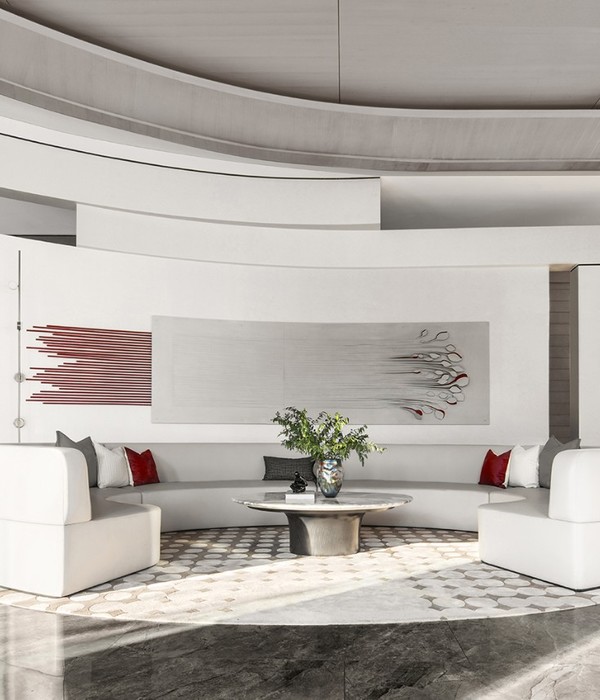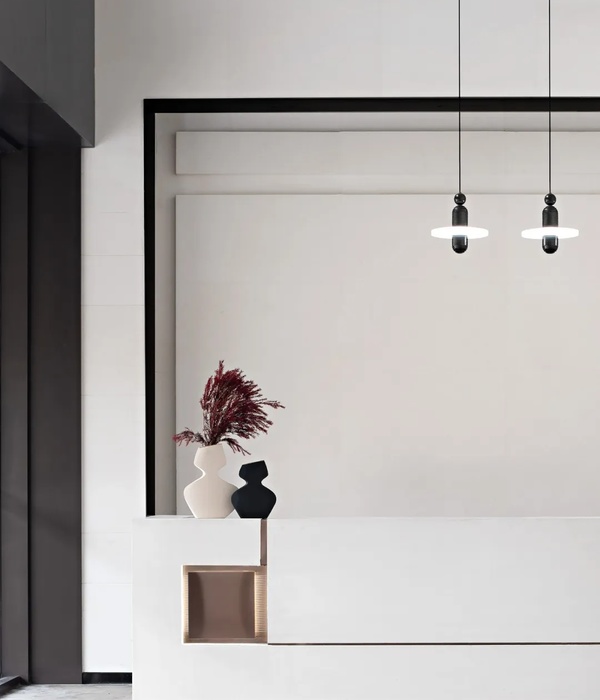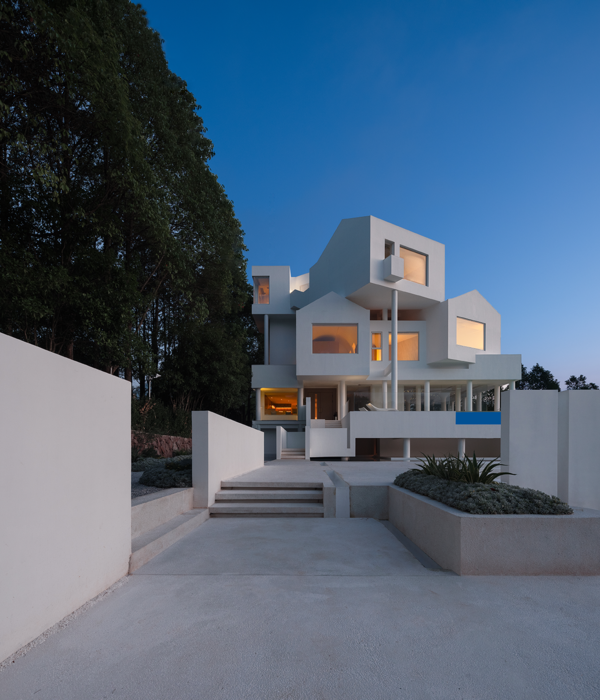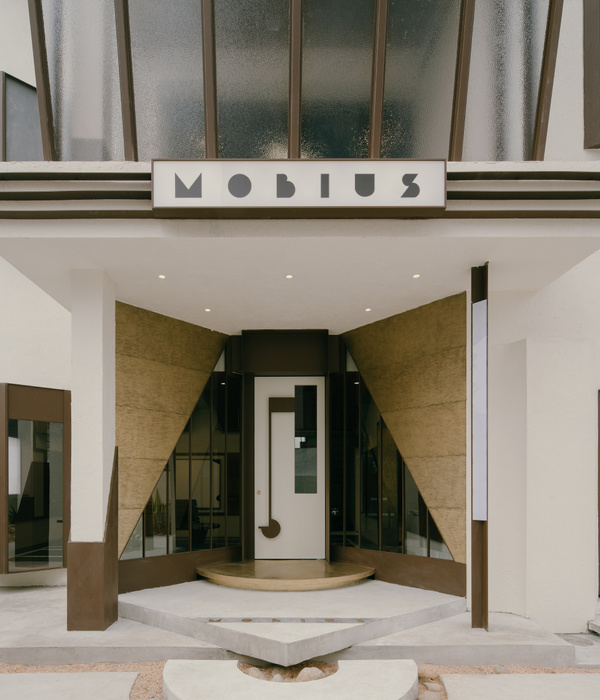Architects:POLO
Area:10717m²
Year:2023
Photographs:Tim Van de Velde
Manufacturers:Reynaers Aluminium,Aluform,De Coene,Janssen,MBI,Mapei,Master builders solutions
Stability:Macobo
Ventilation:Macobo
Acoustical Engineers:De Fonseca
Environmental:Antea Belgium
Design, Building Permit, Tender, Execution:Magda Kielt
Design, Building Permit, Tender:Kimoura Haquier
Design:Goncalo da Silva
Tender:Joana Melo
Building Details:Sven De Troch, Lieve De Smet - Van Damme
BIM:Rudi van Tienen
Execution:Bram Iven
Program / Use / Building Function:School for vocational education
Client:DBFM Scholen Van Morgen, AG Real Estate
General Contractor :Antwerpse Bouwwerken
EPB:Macobo
Technical Engineer:Macobo
Safety Coordinator:EVEKA
City:Antwerp
Country:Belgium
Text description provided by the architects. In a striking freestanding building that combines two schools for vocational education, POLO solves a challenging three-dimensional jigsaw dictated by stringent technical requirements and the constraints of a small plot.
The brownfield site “Petroleum Zuid” to the south of Antwerp is being developed into a sustainable business park called Blue Gate. Besides the commercial component, the plans include the provision of a green corridor and public facilities. As part of the latter, a new building at the far corner of the development is to incorporate two vocational schools: one of them (WLAZ) offers practice-based secondary education in a work/learn program, and the other (ENCORA) teaches vocational skills to adults. The mixing of students from different backgrounds and the proximity to future employers should make this institute into an ideal springboard for students’ careers.
As the buildable plot area is limited the brief prescribes a vertical stacking of the different workshop and studio spaces. This makes for an intriguing yet challenging layout: these semi-industrial spaces have to comply with a plethora of strict health and safety regulations and technical specifications which become exponentially more complicated by locating them on upper floors. As a consequence, POLO conceives this building as more than just a school; we consider it a kind of “vertical factory”, where the safe and efficient functioning of the workspaces becomes an overriding concern and determinant factor in the design process.
The building plan is based on a staggered layout of rectangles to accommodate the parallelogram-shaped plot. The two main blocks containing the workshops and classrooms are linked by a central circulation core, which is to be the throbbing heart of the building. Here a spacious freight elevator serves the different workshops — large enough to transport raw materials, tools, and even forklifts to the upstairs training spaces.
The reinforced concrete structure is calculated to incorporate not only the demands and risks associated with the current building program; it is also dimensioned to accommodate other, more structurally demanding functions, ensuring that this design is future-proof and forwardly flexible.
In keeping with the industrial nature of the business park as well as the school’s vocational training program, the building is clad in profiled aluminum sheets in a standing seam system. The sharp geometric nature of this material is softened by perforations. This adds a sophisticated lightness and a variability in appearance, determined by the changes in daylight. It also allows for concealing air grilles and other mechanical equipment behind the cladding, keeping the external appearance of the building smooth and devoid of clutter. The building is insulated using mineral wool, which presents a more durable and fireproof solution compared to thinner PIR panels.
To an extent, the building program is readable in the elevations. Horizontal ribbon windows are provided where classrooms are located. The workshops receive floor-to-ceiling glazing, delivering an abundance of daylight for the manual labor taking place within.
Project gallery
Project location
Address:Antwerp, Belgium
{{item.text_origin}}


